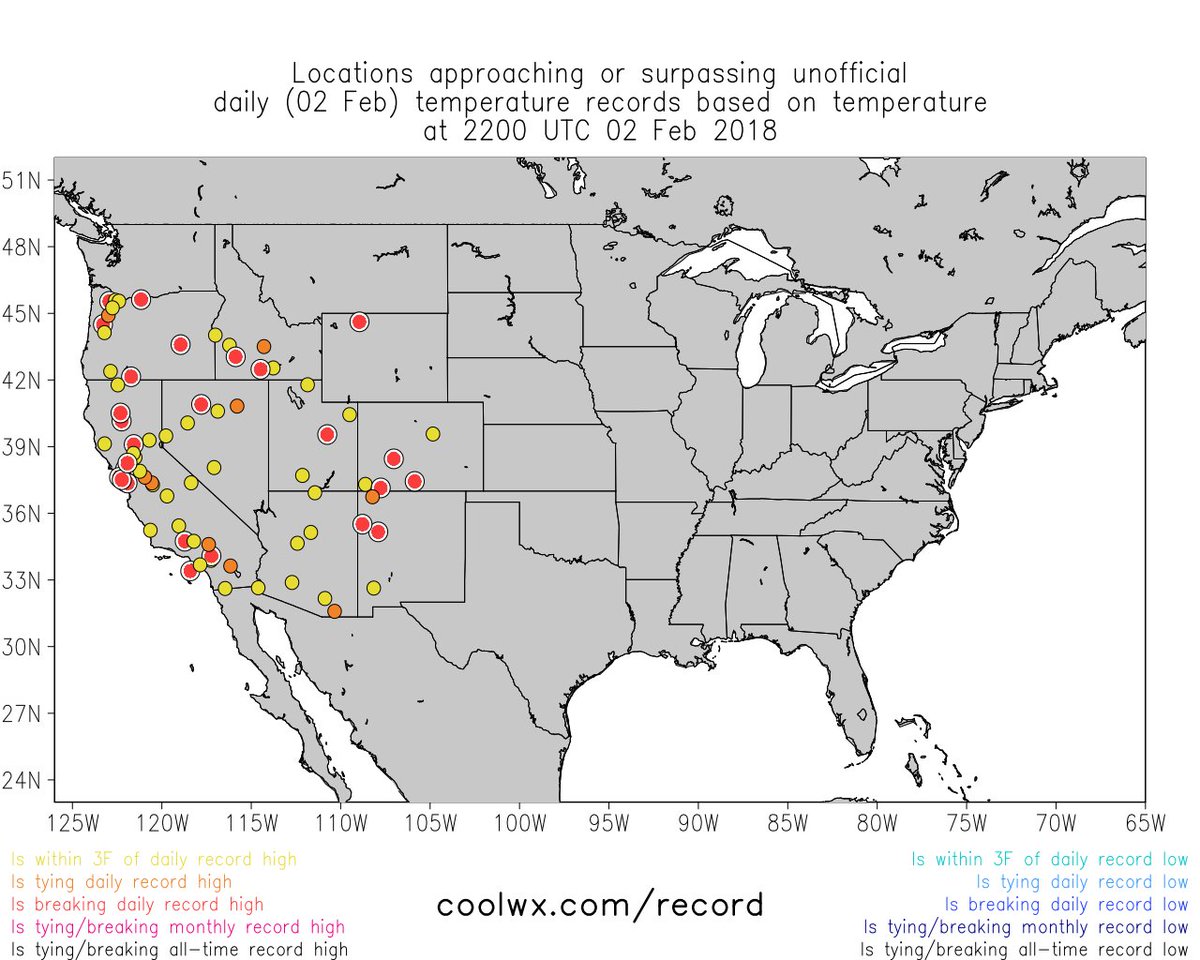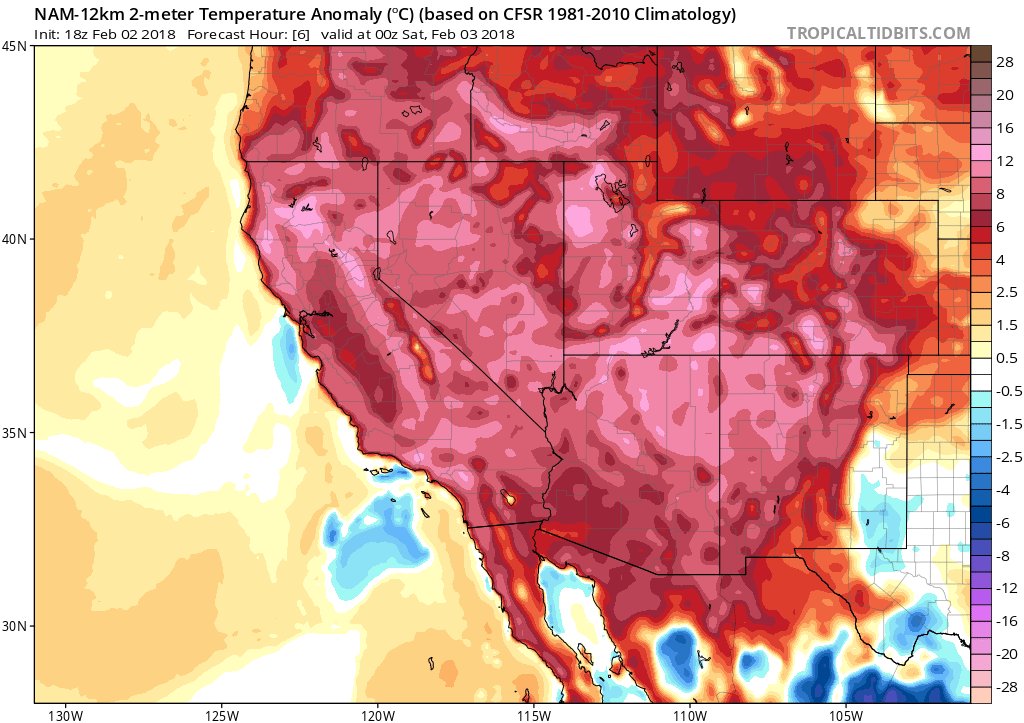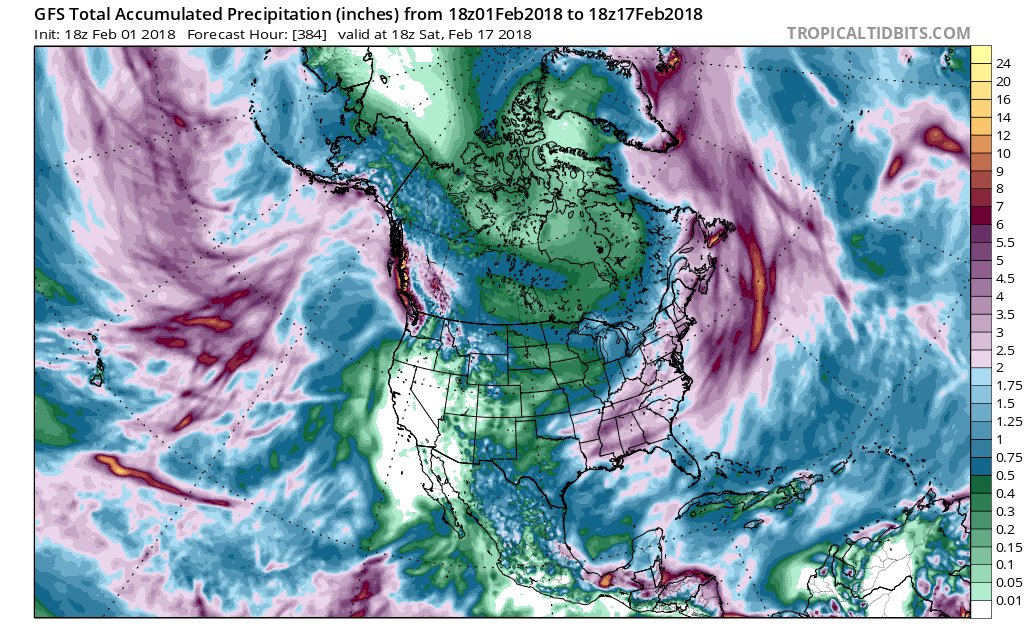Friday February 2nd… Dear Diary. The main purpose of this ongoing post will be to track United States extreme or record temperatures related to climate change. Any reports I see of ETs will be listed below the main topic of the day. I’ll refer to extreme temperatures as ETs (not extraterrestrials)😊. Here is today’s climate change related topic:
The Groundhog and Global Warming
In life sometimes we take ourselves way too seriously, so today with a wink and a nod our subject will be about Groundhog Day knowing that this tradition comes out of folklore and not science. Case in point from what I’ve been seeing on social media:
 Capital Weather GangVerified account @capitalweather
Capital Weather GangVerified account @capitalweather
Seriously? There is a ton of general interest in the Groundhog & our explanatory coverage is all in good fun. Everyone knows it’s folklore.

More from Climate Central:
According to the Punxsutawney Groundhog Club, the observance may have its roots in Candlemas Day, which is also on February 2. One old English song proclaims:
If Candlemas be fair and bright,
Come, Winter, have another flight;
If Candlemas brings clouds and rain,
Go Winter, and come not again.
Interestingly, of those 18 times Phil has not seen his shadow, 13 have come since 1970. But no matter what Phil sees on any given year, there is one clear trend — the overall temperature of the planet is going up. The warming that has resulted from the increase in greenhouse gases has led to spring coming earlier across the country.
Earlier spring may sound nice at first, but it comes with an increased risk to agriculture. Fruit trees need a set amount of cold to become dormant over the winter, or they may bloom too early in the year. Thus, an early bloom followed by a quick early season freeze can cause tremendous damage to crops. This was seen last year in the Southeast with a freeze in the middle of March. While March freezes are not climatologically unusual in the Southeast, many crops had bloomed more than three weeks early due to the very warm February. Damage was especially heavy to peaches, blueberries, strawberries and apples, with losses estimated at $1 billion.
Today others have been taking the Groundhog theme and running with it showing the more serious warming trend:
He’s “predicted” 11 early springs since 1980, but only 6 from 1900 to 1980.
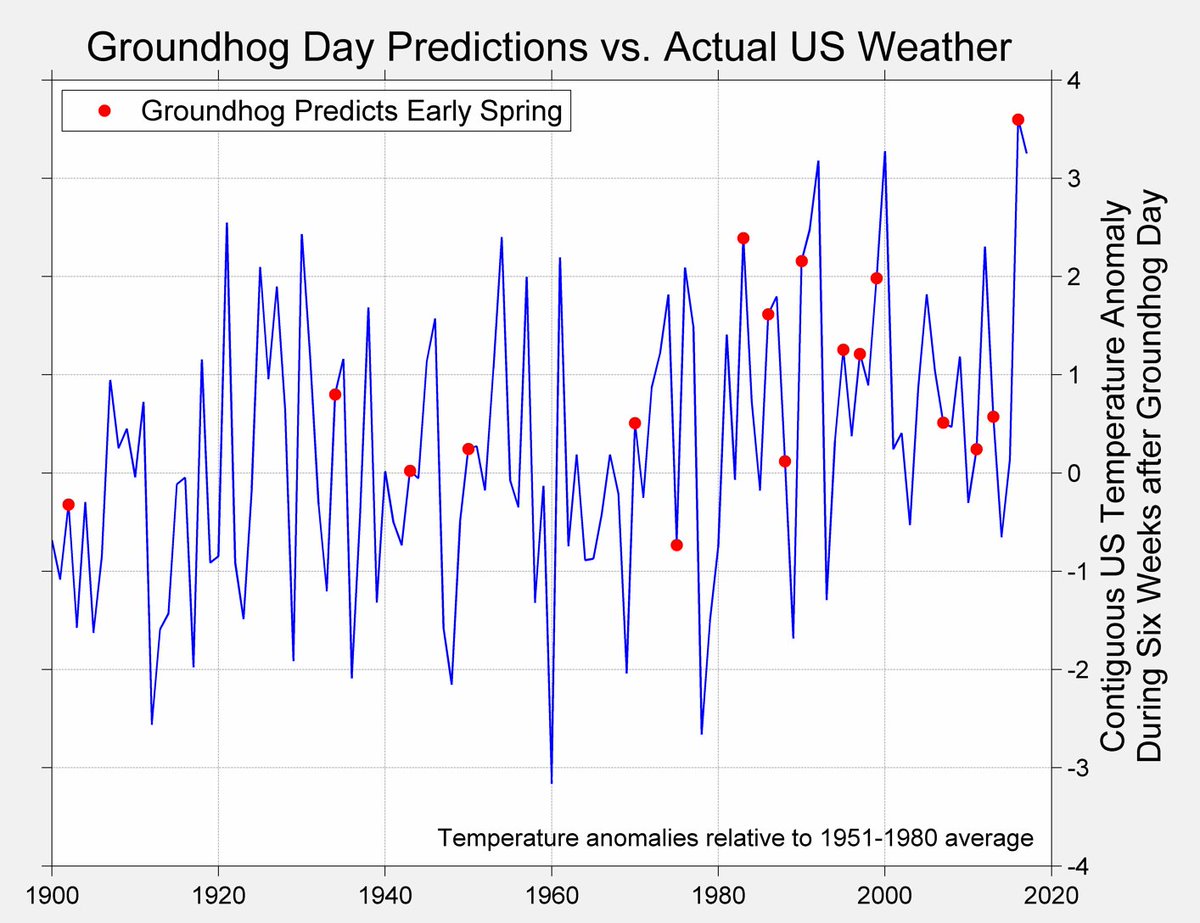
Groundhog day is tomorrow. With the record warmth across the Southwest…maybe we’ll skip Spring and go directly to Summer. #nmwx#txwx
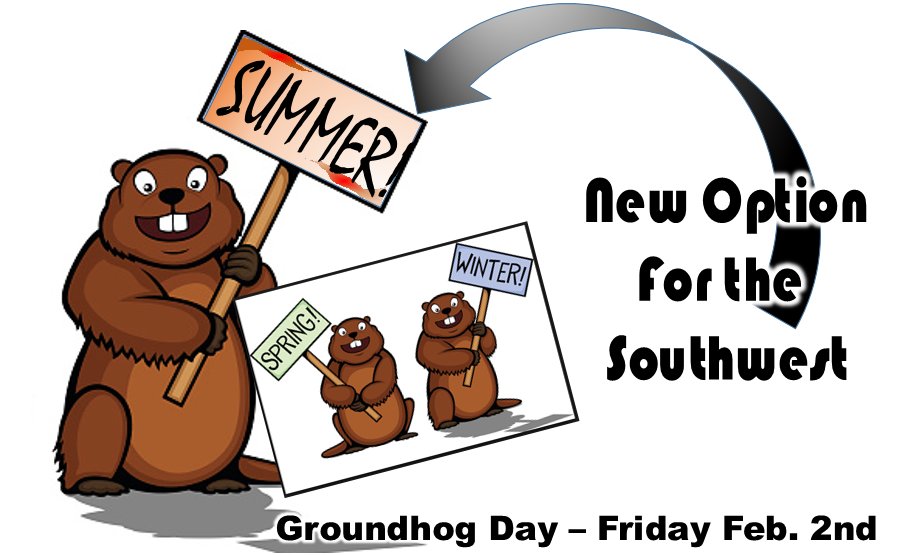


 Nick WalkerVerified account @wxdude
Nick WalkerVerified account @wxdude
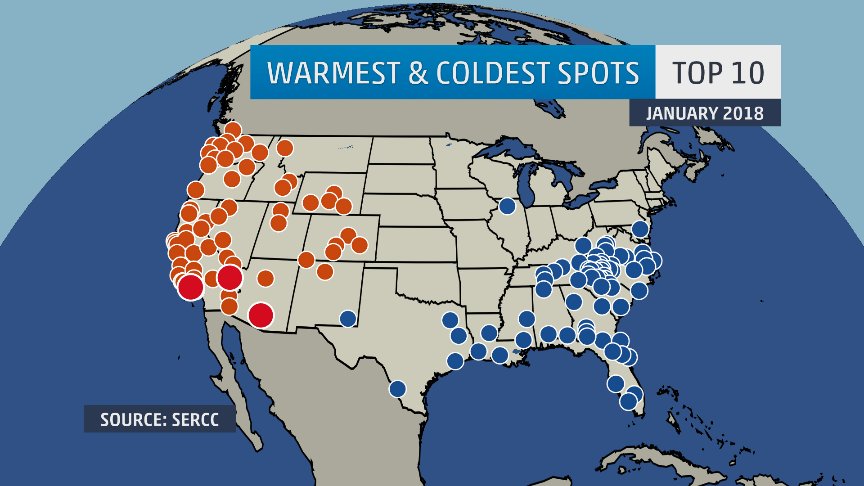
 NWS San DiegoVerified account @NWSSanDiego
NWS San DiegoVerified account @NWSSanDiego
